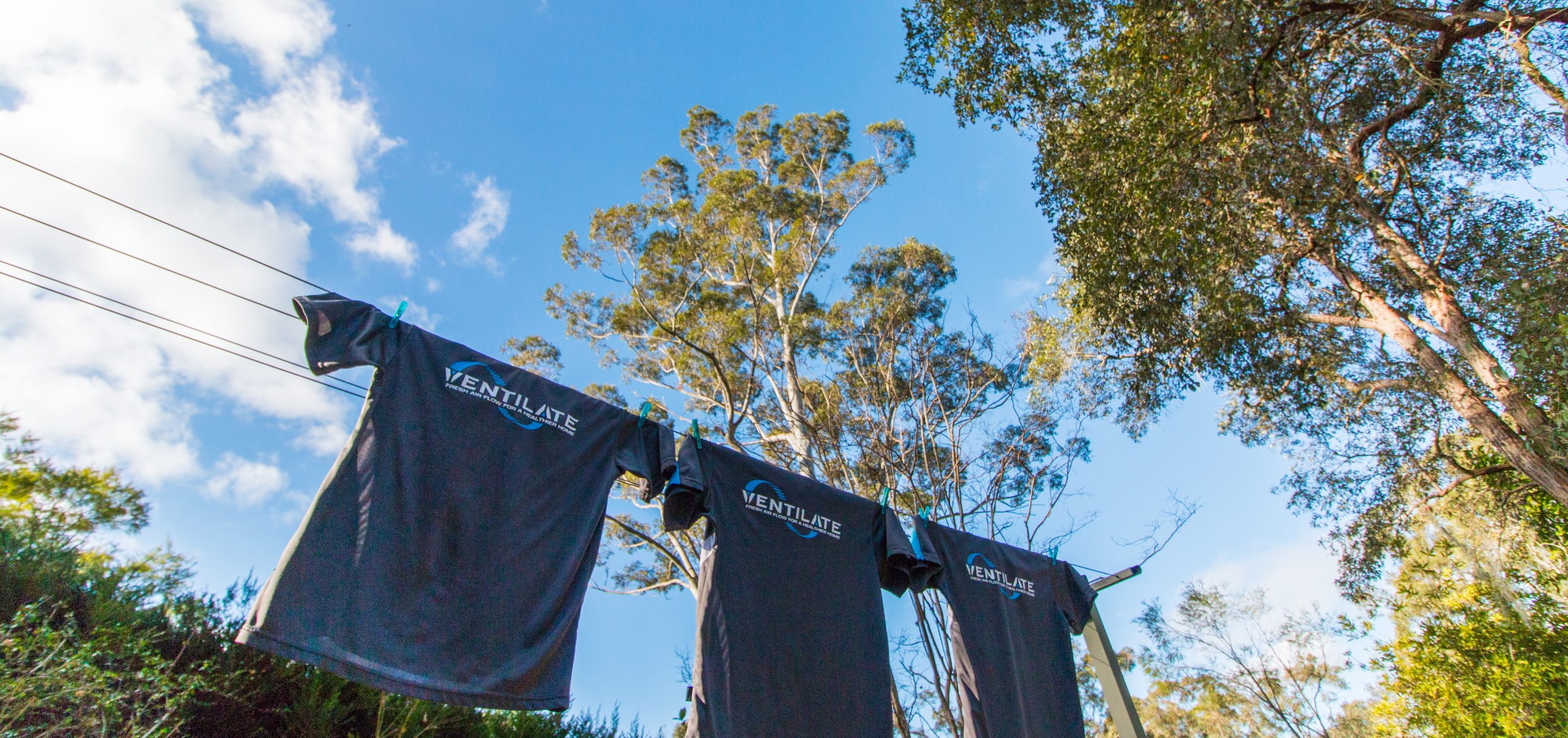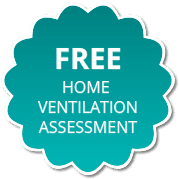Frequently Asked Questions
What is Subfloor Ventilation?
Definition: Subfloor – the enclosed space (under or adjacent) between the natural ground and your floor level.
Subfloor ventilation is about creating airflow via passive or the use of a mechanical ventilation system.
How do you know what size fan to use?
Based on a cubic metre area of the space that you wish to ventilate, we calculate the air changes per hour required and recommend the appropriate fan size (product) for that space.
How much will it cost to run the fan/s – per year?
The running cost for in-line fans are approximately $50 to $200 per year – depending on the size of the fan unit.
Do the fans require any maintenance?
No general maintenance required for the in-line fans. Flatmaster products, will require a filter replacement every 2 years. For Drimaster products, there are filters that need to be replaced every 5 years.
Is there a Warranty on the products?
There is usually a minimum of 2, and up to 5 year warranty available on the different fan product/s provided by the Manufacturer.
What is PIV?
PIV stands for Positive Input Ventilation. An “in-house” ventilation system, also known as “positive input” ventilation (PIV) is when the naturally warmed air (from a roof cavity) is drawn into a fan that filters and freshens the air and delivers it back into the main living spaces of a home.
How can I get rid of Condensation?
Reducing the moisture content from the home will stop condensation. Subfloor Ventilation and In-house Ventilation systems will also help reduce/stop condensation.
How does mould generate?
Mould spores are invisible and travel through the air, often generating in the sub-floor area beneath a home where it is damp and wet. Mould will generate in homes with over 60% humidity levels in the air. The spores can move up into your home living spaces from the sub-floor area and will settle on the backs of leather couches, your shoes in your dark wardrobes, carpet and curtains. You often don’t notice it until you can smell it in the air and see it on your clothes or furniture. This makes the home an unhealthy living environment due to the poor air quality. To solve this problem you can install a sub-floor ventilation or a PIV system.
How do I clean the mould off?
Using mixes of vinegar and water, oil of clove (check mix ratios.) Bleach can be used on non-porous and sealed surfaces like tiles but not on wood or soft surfaces. There are also professional companies that also deal with this.
How do I get rid of mould?
To get rid of mould you need to understand the environment needs to change in your home. We will look at the cause of the mould problem and the steps to take to get rid of it. Often it is a sub-floor issue and therefore sub-floor ventilation and in-house ventilation systems help resolve the issue.
How do I stop mould coming back?
- Implementing a ventilation system to keep the airflow moving and freshening and filtering the air in your home will change the environment and reduce the chances of mould generating.
- Ensuring that your trees are not overhanging and shading the house too much.
- Gas heating can also contribute to moisture and condensation in your home, so minimise the use of those heaters.
- Minimising usage of air clothes driers that blow out hot air.
- Make sure the bathroom exhaust fan blows the hot air externally out of the house, not just into the roof space cavity or another room.
What kills mould spores?
If your house is dry then mould spores cannot generate. But to clean and kill mould spores, you can use naturally brewed vinegar: 4 parts vinegar, 1 part water and oil of clove (note: look up the mixing ratios.) There are also professional companies that also deal with this.
How long do the fans need to run for?
Sub-floor fans need to be run for the majority of the day. Naturally this is when the evaporation process is happening and this is when you need the fan to be exhausting any mould spores which are trying to evaporate into your home. Generally we run the fans on a timer from 8am to 8pm. The PIV system fans will run most of the time, some are thermostatically controlled that will turn itself off when over 24 degrees C, or below 1 degree.
Are the fans noisy?
The fans we use are the quietest ones on the market; how noisy they are is also dependant on where the fans are installed within your home, however you may notice a slight humming sound equivalent to the noise of the refrigerator whilst the fans are running.
What is “sick house” syndrome?
“Sick house” syndrome or “sick building syndrome” (SBS) is a medical condition where people feel unwell or ill when in a particular home or building environment. The main symptoms are headaches, eyes/nose/throat irritations, fatigue, dizziness and nausea.
In 1984 a World Health Organization (WHO) report made suggestions that 30% of all new or renovated buildings worldwide might be responsible for the illness complaints due to poor indoor air quality and lack of adequate ventilation systems.
If your question isn't answered in our Frequently Asked Questions above, or if you want to learn more about us and our services, please contact us. We are delighted to provide an obligation-free quote, with a personalised home assessment and solution recommendations from the Ventilate Your Home team.



